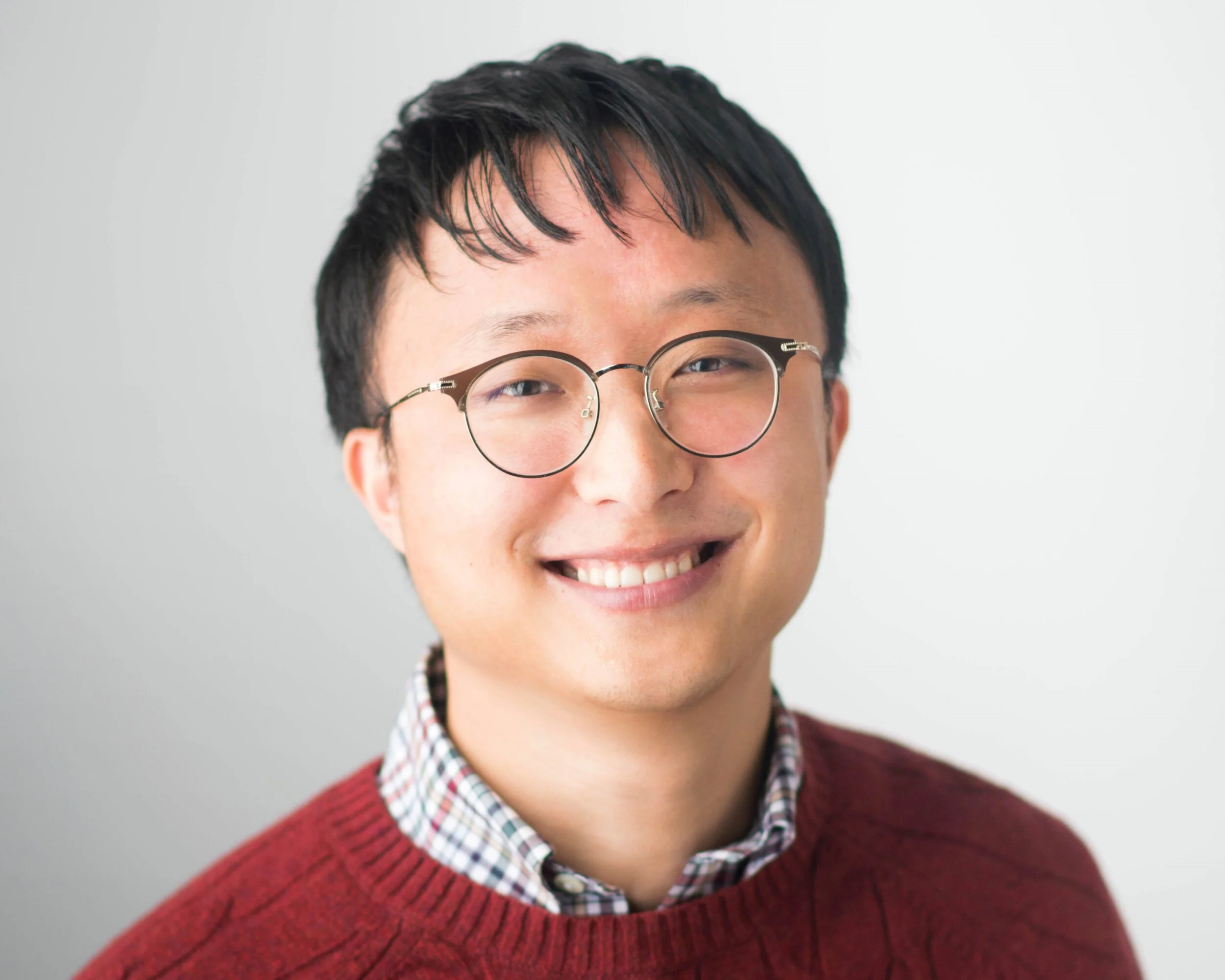University of Michigan
Investigating the role of Chd7 during noise-induced hearing loss
Mice born with loss of Chd7, the gene mutated in human CHARGE syndrome, exhibity middle ear defects and resistance to acoustic trauma. Preliminary results show that deletion of Chd7 in adult mice (using tamoxifen inducible Cre line) also results in variable resistance to acoustic trauma, even in the absence of middle ear defects. This suggests important functions for Chd7 in regulating hair cells and neuronal integrity in adult cochlea. The objective of this research is to identify how loss of Chd7 influences susceptibility to acoustic trauma in the mature cochlea.
Research area: noise-induced hearing loss (NIHL)
Long-term goal of research: to help identify novel genes and molecular pathways involved in protection from NIHL and provide rationale for designing new therapies.












